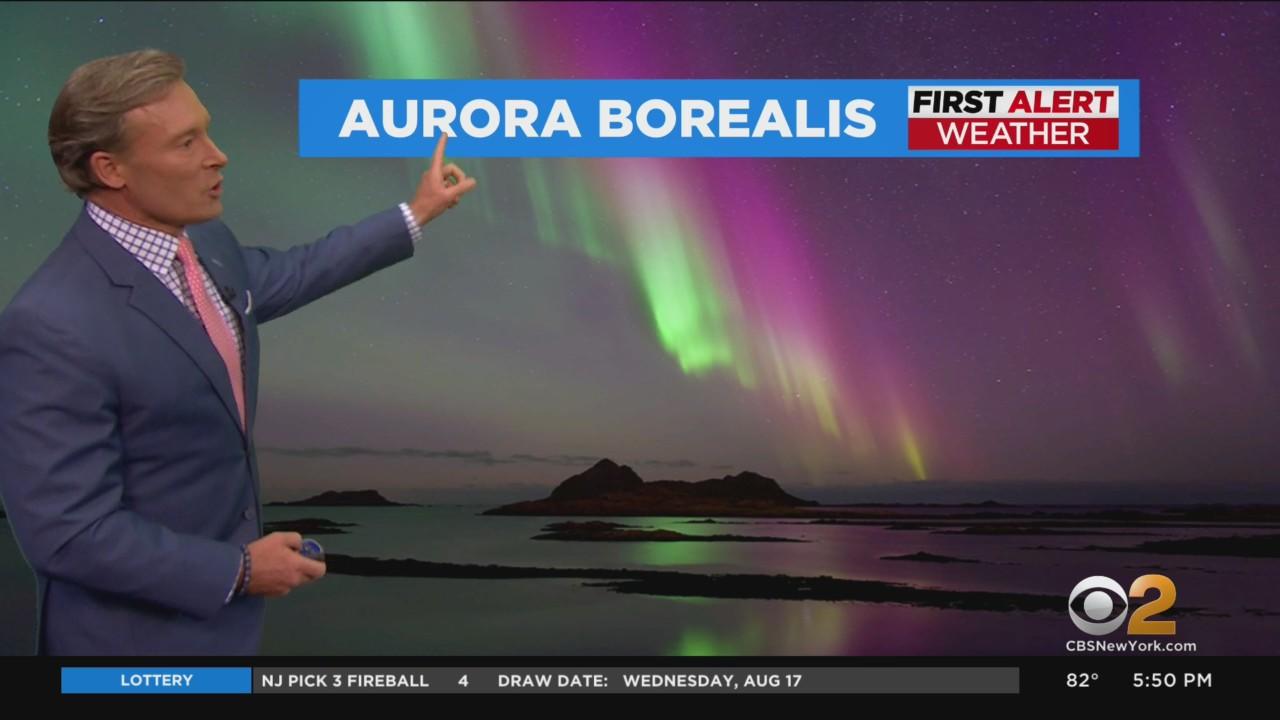▶ Watch Video: What is the aurora borealis?
A NASA mission to touch the sun has revealed answers about the closest star’s solar winds, which cause the aurora borealis and can affect Earth’s communications systems. The Parker Solar Probe has captured information about the solar wind that flows from the sun’s coronal holes toward’s our planet, answering questions scientists have asked for six decades.
The probe flew through the sun’s upper atmosphere in 2021, and in a study published in Nature this week, researchers from Berkeley say the information gathered will help predict so-called “solar storms,” which create “beautiful auroras on Earth” but also “wreak havoc with satellites and the electrical grid.”
Coronal holes in the sun usually form at the poles and the solar winds don’t hit Earth. But every 11 years, these holes appear all over the sun’s surface and send bursts of solar winds at Earth.
The probe flew closer than about 13 million miles to the sun to study these winds. “It’s like seeing jets of water emanating from a showerhead through the blast of water hitting you in the face,” according to a news release from UC Berkeley.
Stuart D. Bale, a professor of physics at the University of California, Berkeley, and James Drake of the University of Maryland-College Park say streams of high-energy particles were detected by the probe. These match the large convection cells inside coronal holes – called supergranulations – suggesting the “fast” solar winds originate in coronal holes.
The wind is made during a process called magnetic reconnection and by the time it travels the 93 million miles to Earth, “it has evolved into a homogeneous, turbulent flow of roiling magnetic fields intertwined with charged particles that interact with Earth’s own magnetic field and dump electrical energy into the upper atmosphere.”
This creates colorful auroras visible at the Earth’s poles, but it also causes issues on Earth.
There are some benefits to solar winds, like protecting Earth from stray cosmic rays, according to the University of Chicago. But systems like aircraft radio communications, GPS and even banking could be knocked out by strong solar winds.
In 1859, the Carrington Event – a strong solar eruption – knocked out telegraph and electrical systems. The event also resulted in the aurora borealis staying extremely bright into the early morning, according to the university.
The probe was launched in 2018 to answer questions that puzzled scientists for six decades, including “Why is the corona much hotter than the Sun’s surface (the photosphere)? How does the solar wind accelerate? What are the sources of high-energy solar particles,” according to NASA.
The Parker Solar Probe is protected by a 4.5-inch-thick carbon-composite shield that can withstand nearly 2,500 degrees Fahrenheit, according to NASA. But it won’t be able to get closer than about 4 million miles to the sun’s surface without frying. Bale says they will use data from that distance to firm up their conclusions.
CBS News has reached out to Bale and is awaiting response.


































